- Prepare Plants
- 1. Watering
- 2. Nutrient Boost
- 3. Pruning and Trimming
- 4. Weed Control
- 5. Mulching
- 6. Acclimatization
- 7. Labeling
- Select the Right Time
- Choose the Correct Planting Location
- Dig Properly
- Handle Roots with Care
- 1. Prepare the plant beforehand:
- 2. Dig carefully:
- 3. Lift from underneath:
- 4. Keep the roots protected:
- 5. Transplant immediately:
- 6. Handle with care during planting:
- 7. Water thoroughly after transplanting:
- Provide Adequate Watering
- 1. Water deeply
- 2. Monitor soil moisture
- 3. Water at the right time
- 4. Mulch to retain moisture
- 5. Consider using a drip irrigation system
- Mulch to Protect Roots
- Monitor and Adjust Care Practices
- 1. Watering
- 2. Mulching
- 3. Fertilization
- 4. Pest and Disease Control
- 5. Environmental Conditions
- 6. Observation and Documentation
- Questions and Answers:
- How can I minimize plant stress during autumn transplanting?
- What should I do before transplanting my plants in the autumn?
- Can I transplant my plants during a sunny day in autumn?
- How often should I water my plants after autumn transplanting?
- What are the benefits of trimming the roots before autumn transplanting?
- Videos: How To Revive A Stressed Plant After Repotting
Autumn is a great time to transplant plants, as the cooler temperatures and more moderate weather conditions help to minimize stress on the plants. However, transplanting can still be a stressful event for plants, and it is important to take certain steps to minimize this stress and enhance rooting. Whether you are transplanting trees, shrubs, or perennials, here are some tips to help ensure a successful transition for your plants.
Choose the right time: The timing of your transplanting is crucial to the success of your plants. Make sure to choose a time when the weather is cool and mild, and when the plants are dormant or semi-dormant. This is usually in the late autumn or early winter. Avoid transplanting during extreme temperatures or when the plants are actively growing.
Prepare the soil: Before transplanting, it is important to prepare the soil to provide the best conditions for root growth. Remove any weeds or grass from the transplanting area, and loosen the soil to improve drainage and aeration. Adding organic matter, such as compost or well-rotted manure, can also help improve the soil structure and fertility.
Water the plant: Prior to transplanting, make sure to thoroughly water the plant to hydrate the roots and minimize stress. This will help ensure that the plant has enough moisture during the transplanting process. After transplanting, continue to water the plant regularly, especially during dry periods, to promote root development and establishment.
Continue reading for more tips on how to minimize plant stress and enhance rooting during autumn transplanting!
Prepare Plants
Routine maintenance and proper preparation of the plants before transplanting can greatly reduce stress and improve the rooting process during autumn transplantation.
1. Watering
Properly water the plants a few days before transplantation to ensure they are adequately hydrated. This will prevent wilting and dehydration during the transplantation process. Watering deeply at the base of the plants will encourage root growth.
2. Nutrient Boost
Apply a balanced slow-release fertilizer to the soil around the plants about two weeks prior to transplanting. This will provide the plants with essential nutrients and help them establish a strong root system. Follow the manufacturer’s instructions for application rates.
3. Pruning and Trimming
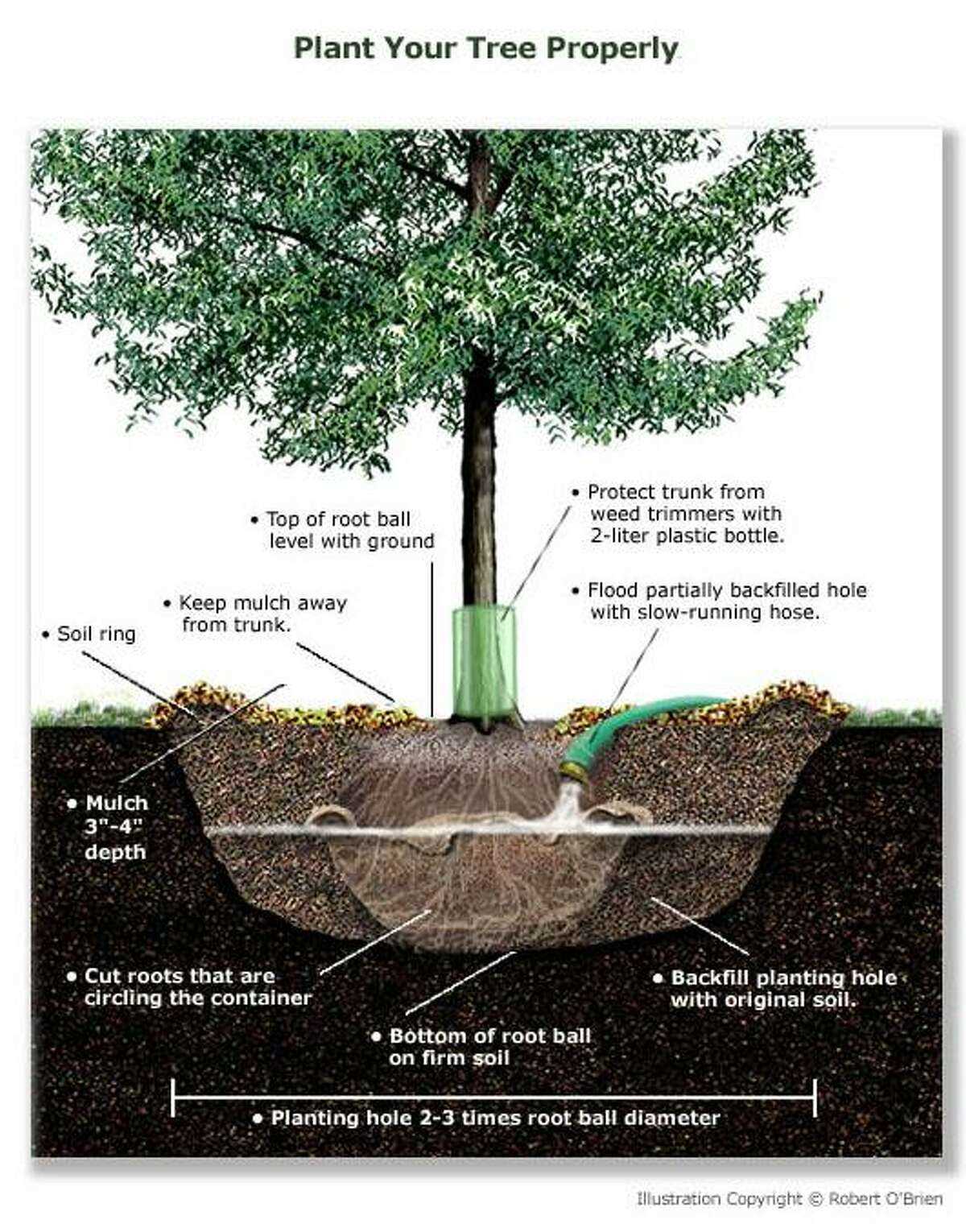
Inspect the plants for damaged or diseased branches, stems, or leaves. Trim them off to prevent further spreading of diseases or pests. Pruning can also help reduce the foliage surface area, thereby minimizing water loss during the transplantation process.
4. Weed Control
Remove any weeds or unwanted plants from the transplanting area. Weeds can compete with the newly transplanted plants for nutrients and water, impairing their growth and root development.
5. Mulching
Apply a layer of mulch around the base of the plants. Mulch helps conserve moisture, suppresses weed growth, and insulates the soil, keeping it warm during the cooler autumn months. Use organic mulch materials like wood chips or straw.
6. Acclimatization
If the plants are coming from a protected environment, gradually expose them to the outdoor conditions a week or two before transplanting. This process, known as hardening off, helps the plants adjust to temperature, wind, and sunlight changes, reducing the chances of shock and stress during transplantation.
7. Labeling
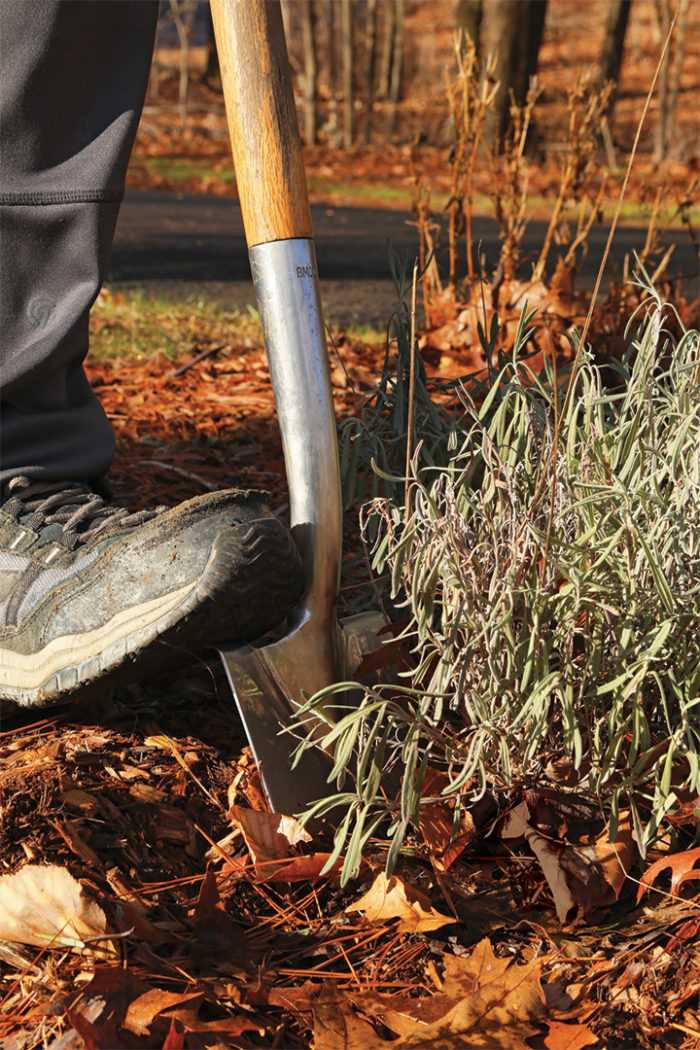
Label the plants before transplanting to avoid confusion or mix-ups. Use weather-resistant tags or markers to identify the plant species or cultivar. This will be particularly useful when it comes to monitoring their growth and providing specific care.
By properly preparing the plants for autumn transplantation, you can minimize stress and enhance rooting, ensuring a successful transition to their new location.
Select the Right Time
Choosing the right time for autumn transplanting is crucial for minimizing plant stress and enhancing rooting. Here are some considerations to keep in mind:
- Check the weather: Avoid transplanting during extreme weather conditions such as excessive heat or cold. Instead, choose a time when the weather is mild and stable, with moderate temperatures and adequate moisture.
- Consider the plant’s growth cycle: Transplanting during a plant’s dormant period is generally less stressful for the plant. Research the specific plant species you are working with to determine its optimal transplanting period.
- Plan around frost: Be aware of the first frost date in your region and make sure to complete the transplanting before that date. Freezing temperatures can cause damage to newly transplanted roots.
By selecting the right time for your autumn transplanting project, you can greatly increase the chances of successful root establishment and minimize plant stress.
Choose the Correct Planting Location
Choosing the correct planting location is crucial for minimizing plant stress and enhancing rooting during autumn transplanting. The right location can provide the necessary sunlight, nutrients, and moisture for the plants to thrive. Here are some tips for selecting the ideal planting spot:
- Sunlight Exposure: Determine the amount of sunlight the plant requires and select a location that provides the appropriate exposure. Some plants prefer full sun, while others thrive in partial shade.
- Soil Quality: Assess the soil quality of the planting site. The soil should be well-draining, fertile, and rich in organic matter. Conduct a soil test to determine its pH level, nutrient content, and texture.
- Water Drainage: Ensure that the planting location has proper water drainage. Avoid areas with poor drainage, as excessive moisture can lead to root rot and other plant diseases.
- Wind Protection: Consider the wind patterns in your area and choose a location that offers some protection from strong winds. Wind can cause stress to plants and hinder their establishment.
- Proximity to Other Plants: Take into account the proximity of the planting location to other plants. Some plants may compete for resources or may be susceptible to pests and diseases when planted too close together.
- Accessibility: Select a location that is easily accessible for planting, watering, and future maintenance. Consider factors such as proximity to water sources and convenience for regular care and pruning.
By carefully selecting the planting location, you can provide your plants with the best conditions for rooting and growth, reducing stress and increasing their chances of success during autumn transplanting.
Dig Properly
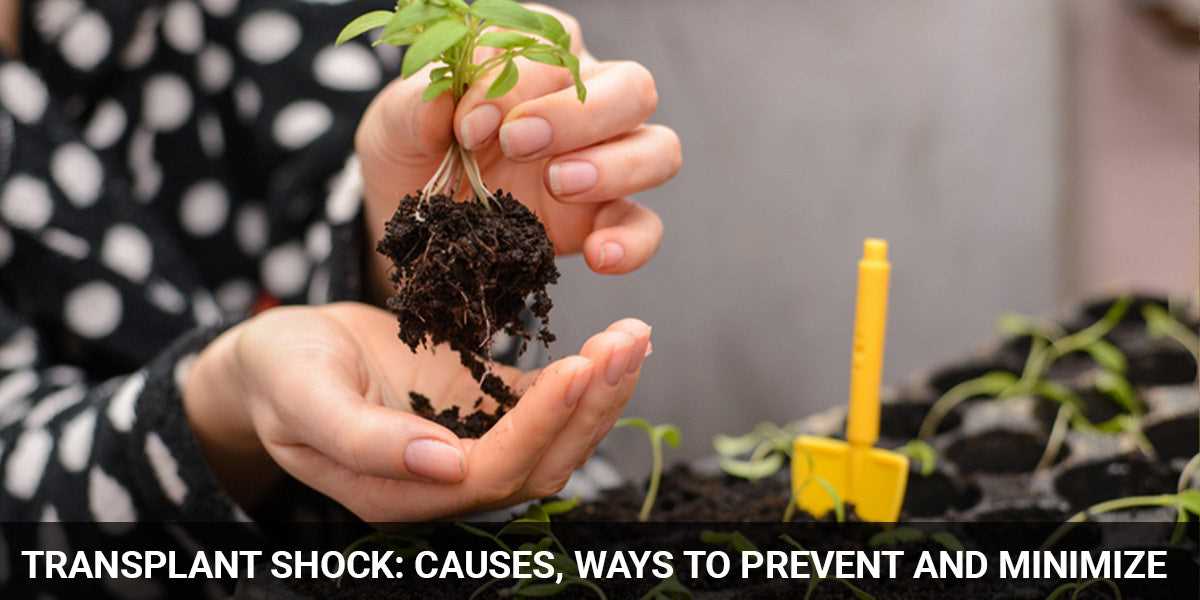
Proper digging is essential for the successful transplantation of plants during autumn. Here are some tips to dig properly:
- Choose the right tools: Use a sharp shovel or spade to dig the plants. The tool should be in good condition and clean to avoid any damage to the roots.
- Start at the drip line: Begin digging at the drip line of the plant, which is the outer edge of the canopy. This ensures that you’re getting an adequate amount of roots.
- Make a clean cut: Dig a clean and even hole around the plant, ensuring that the sides are straight and not slanted. This will help prevent any root distortion or damage during transplantation.
- Consider the size of the plant: The size of the plant will determine the size of the hole you need to dig. Generally, the hole should be wide enough to accommodate the entire root ball of the plant.
- Prune any damaged roots: While digging, if you come across any damaged or unhealthy roots, prune them off to promote healthier growth and reduce stress on the plant.
- Keep the root ball intact: When lifting the plant out of the ground, try to keep the root ball as intact as possible. This can be achieved by gently lifting the plant from underneath and avoiding any excessive shaking or disturbance.
- Handle with care: Once the plant is out of the ground, handle it with care to avoid any unnecessary damage. Avoid dropping or tossing the plant, and try to minimize any jostling during transportation.
- Protect the roots: To ensure the roots don’t dry out during transportation, wrap the root ball in a damp burlap or place it in a container with moist soil. This will help maintain the plant’s moisture levels while it is being moved.
Following these guidelines for proper digging will help minimize stress on plants and enhance rooting during autumn transplanting.
Handle Roots with Care
When transplanting plants during autumn, it is crucial to handle roots with care to minimize stress and enhance rooting. The root system is vital for a plant’s overall health and successful transplantation depends on preserving the roots’ integrity.
1. Prepare the plant beforehand:
Prior to transplantation, ensure that the plant is well-watered to maintain moisture around the roots. This will help prevent excessive drying out and reduce stress on the plant during the process.
2. Dig carefully:
When digging up the plant, be gentle to minimize damage to the roots. Use a sharp spade or shovel to cut through the soil around the plant, creating a wide circle around it. This will help avoid cutting or tearing the roots.
3. Lift from underneath:
Avoid lifting the plant by pulling on its stems or branches, as this can cause damage. Instead, carefully lift the plant from underneath, supporting the root ball. This will ensure that the roots remain intact and undisturbed.
4. Keep the roots protected:
After lifting the plant, avoid exposing the roots to the air for an extended period. This can lead to moisture loss and stress on the plant. Keep the roots protected by placing the plant in a shaded area or covering them with moist burlap or a damp cloth.
5. Transplant immediately:
It is crucial to transplant the plant as soon as possible after digging it up. Leaving the roots exposed for too long increases the risk of stress and damage. Have the planting hole prepared beforehand and transplant the plant swiftly to minimize any disruption to the roots.
6. Handle with care during planting:
When placing the plant into the prepared planting hole, avoid rough handling that could lead to roots being damaged. Gently position the root ball in the hole and backfill with soil, ensuring it is packed firmly but not excessively compacted.
7. Water thoroughly after transplanting:
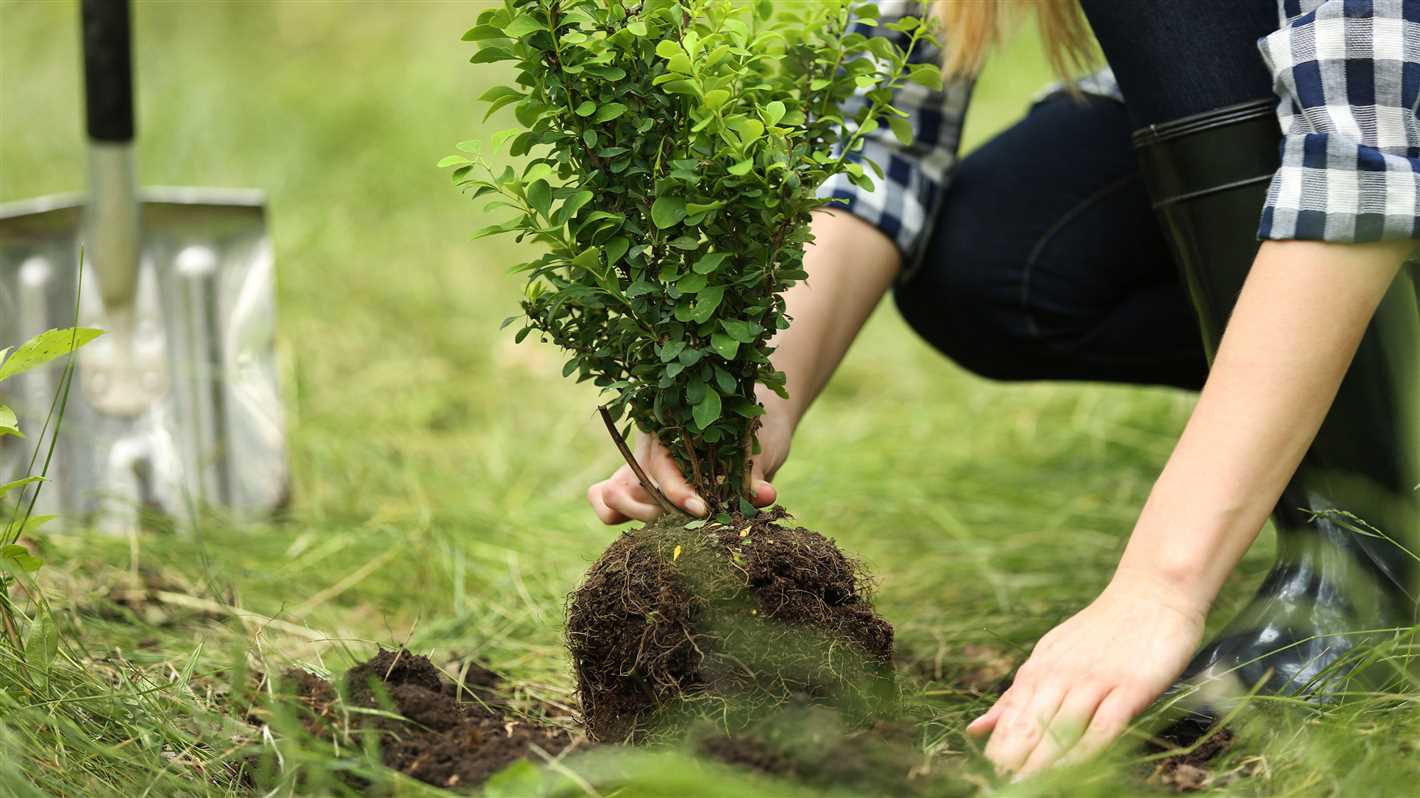
After planting, water the transplanted plant thoroughly to settle the soil and provide moisture to the roots. This will help reduce stress and promote healthy rooting.
By following these tips and handling the roots with care during autumn transplanting, you can minimize plant stress, enhance rooting, and increase the chances of successful transplantation.
Provide Adequate Watering
Proper watering is crucial during autumn transplanting to minimize plant stress and promote optimal rooting. Here are some tips to ensure adequate watering for your plants:
1. Water deeply
When watering your newly transplanted plants, make sure to water deeply. This helps the water to reach the root zone, where it is needed the most. Aim to provide a slow and steady stream of water to penetrate the soil and reach the roots.
2. Monitor soil moisture
Regularly check the moisture level in the soil to determine when to water. Stick your finger into the soil up to your knuckle to feel if it is dry. Alternatively, you can use a soil moisture meter to get a more accurate reading. Avoid overwatering, as it can lead to root rot and other water-related issues.
3. Water at the right time
Water your plants early in the day to allow enough time for the leaves and soil surface to dry before nighttime. This helps prevent the growth of fungal diseases that thrive in damp conditions. Avoid watering during the hottest part of the day, as much of the water can evaporate before reaching the roots.
4. Mulch to retain moisture
Apply a layer of organic mulch around the base of your transplanted plants to help retain moisture in the soil. Mulch acts as a barrier, reducing evaporation and keeping the roots cool. This is especially important during autumn when the weather is often drier and cooler.
5. Consider using a drip irrigation system
For larger gardens or when transplanting numerous plants, consider installing a drip irrigation system. Drip irrigation delivers water directly to the roots, minimizing water waste through evaporation and runoff. It also ensures a consistent and deep watering, promoting healthy root growth.
By providing adequate watering during autumn transplanting, you can help minimize plant stress and enhance rooting, leading to healthier and more resilient plants in the long run.
Mulch to Protect Roots
One of the best ways to protect roots during autumn transplanting is by applying mulch around the base of the plant. Mulch acts as a protective barrier against temperature fluctuations, moisture loss, and weed growth. It also helps in conserving moisture and regulating soil temperature, which is crucial for the health and establishment of transplanted plants. Here are some tips for using mulch effectively:
- Choose the right mulch: Select a mulch material that is suitable for the specific plants and soil conditions. Organic mulches like wood chips, straw, and compost are commonly used, but inorganic mulches like gravel and plastic sheets may also be appropriate in certain situations.
- Apply an adequate layer: Spread a layer of mulch around 2-4 inches thick around the base of the plant. Be careful not to pile the mulch up against the trunk or stems, as it can lead to moisture retention and potential rotting.
- Keep a mulch-free zone: Leave a small gap around the base of the plant to prevent excessive moisture accumulation and potential crown rot.
- Monitor moisture levels: Check the moisture levels regularly and adjust the mulching accordingly. If the mulch is too thick and retaining too much moisture, remove some to prevent root rot. If it’s too thin and allowing moisture loss, add some more to maintain proper soil moisture.
- Refresh the mulch as needed: Mulch can break down over time and may need to be replenished to maintain its effectiveness. Add new mulch every 1-2 years if necessary.
Mulching is a simple yet effective technique that can significantly reduce transplanting stress and promote healthy root development in plants. By following these tips, you can ensure the successful establishment of transplanted plants during the autumn season.
Monitor and Adjust Care Practices
Throughout the autumn transplanting process, it is important to closely monitor the plants and adjust care practices as needed. By regularly assessing the plants’ condition and responding to any signs of stress, you can minimize the negative impacts of transplantation and enhance rooting. Here are some key care practices to monitor and adjust:
1. Watering
Watering is crucial during autumn transplanting, as it helps to ensure adequate hydration for the plants. Monitor the soil moisture levels regularly and adjust the watering frequency as needed. Be careful not to overwater, as excessive moisture can lead to root rot. On the other hand, avoid allowing the soil to dry out completely, as this can cause stress to the plants. A good practice is to water deeply and less frequently, allowing the soil to dry out slightly between waterings.
2. Mulching
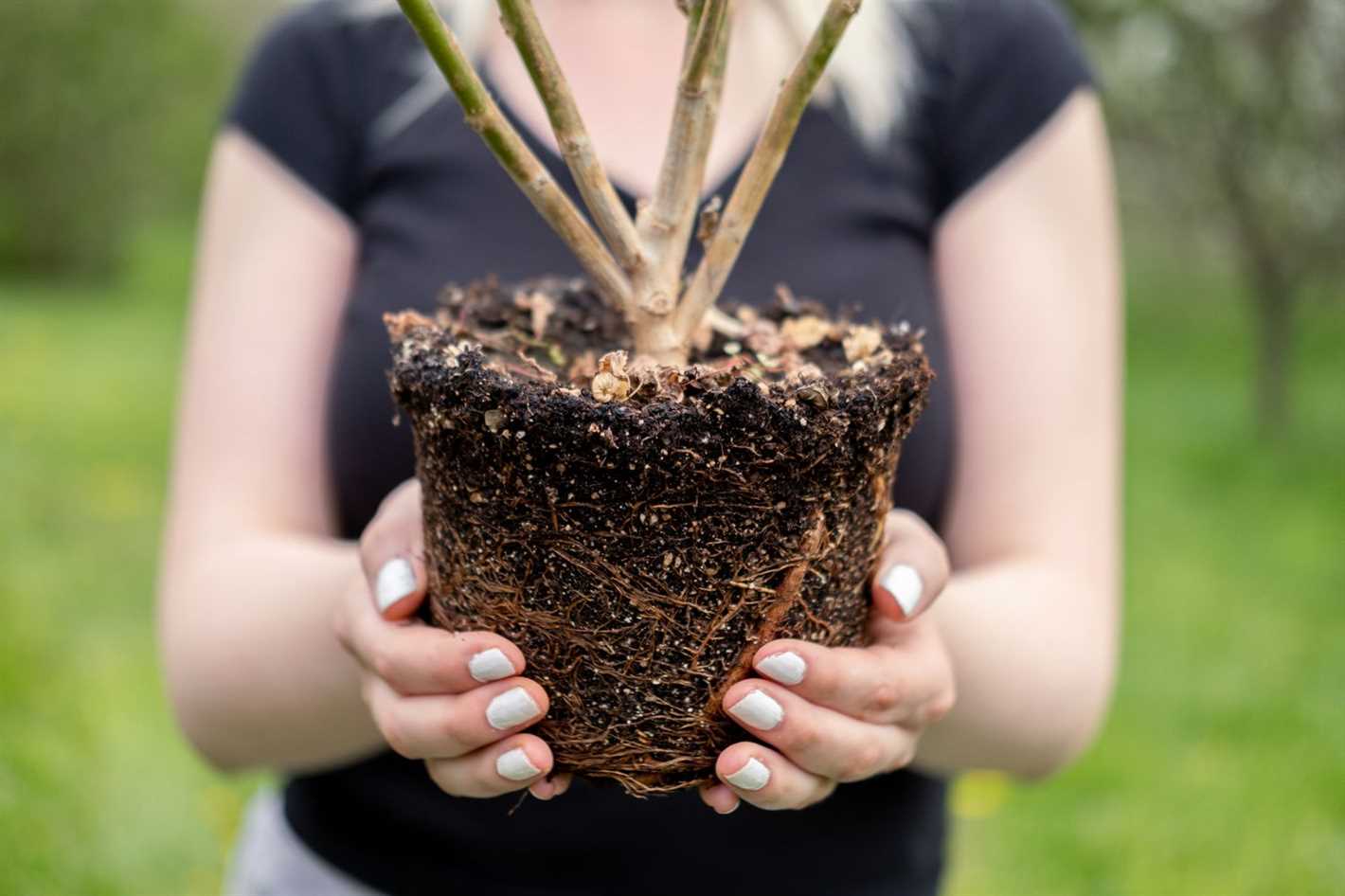
Mulching helps to conserve moisture, regulate soil temperature, and suppress weed growth. Monitor the mulch layer regularly and replenish it as needed. Make sure the mulch is not piled directly against the plant stem, as this can lead to moisture buildup and promote disease. Leave a small gap between the mulch and the stem to allow for air circulation.
3. Fertilization
During autumn transplanting, plants may benefit from a balanced fertilizer application to support their root development and overall health. Monitor the plants’ nutrient requirements and adjust the fertilizer application accordingly. Be careful not to over-fertilize, as this can cause salt buildup and harm the plants. Follow the recommended application rates and timing provided by the fertilizer manufacturer.
4. Pest and Disease Control
Monitor the plants for any signs of pests or diseases, and take appropriate actions to control them. Regularly inspect the leaves, stems, and roots for any abnormalities. If pests or diseases are detected, consider using integrated pest management techniques or organic control methods to minimize the use of chemical pesticides.
5. Environmental Conditions
Monitor the environmental conditions, such as temperature, humidity, and sunlight exposure, and make adjustments if necessary. Some plants may be more sensitive to certain conditions, so it is important to provide an optimal environment for their growth and rooting. Consider using shade cloth or windbreaks to protect the plants from extreme conditions.
6. Observation and Documentation
Regularly observe and document the plants’ progress during the autumn transplanting process. Note any changes in their appearance, growth rate, or overall health. This information can help you make informed decisions and adjustments to the care practices if needed.
By monitoring and adjusting the care practices throughout the autumn transplanting process, you can provide the best possible conditions for the plants to minimize stress and enhance rooting. Remember to be attentive and proactive in addressing any issues that arise, as early intervention is often key to successful transplantation.
Questions and Answers:
How can I minimize plant stress during autumn transplanting?
To minimize plant stress during autumn transplanting, you can follow a few tips. First, make sure to water the plants thoroughly before transplanting to ensure they are well-hydrated. Second, choose a cool and cloudy day for transplanting to avoid exposing the plants to excessive heat and sunlight. Third, handle the plants gently when transplanting to prevent damage to their roots. Finally, water the plants immediately after transplanting and provide adequate moisture throughout the autumn season.
What should I do before transplanting my plants in the autumn?
Before transplanting your plants in the autumn, there are several things you should do. First, prepare the soil by removing any weeds or other debris and loosening it with a garden fork. Second, ensure that the plants are well-hydrated by watering them thoroughly a day or two before transplanting. Third, trim any long or damaged roots to encourage new root growth. Finally, choose a suitable location for transplanting, making sure it has proper drainage and adequate sunlight.
Can I transplant my plants during a sunny day in autumn?
It is generally recommended to avoid transplanting plants during a sunny day in autumn, as the excessive heat and sunlight can cause stress to the plants. The best time for transplanting is on a cool and cloudy day, when the weather conditions are more favorable for the plants. If you must transplant on a sunny day, try to do it early in the morning or late in the afternoon when the sun is not as intense.
How often should I water my plants after autumn transplanting?
After autumn transplanting, it is important to provide adequate moisture to the plants to help them establish their new roots. Water the plants immediately after transplanting and then monitor the soil moisture levels regularly. Depending on the weather conditions, you may need to water the plants every 2-3 days or more frequently if the soil dries out quickly. Be careful not to overwater, as this can lead to root rot.
What are the benefits of trimming the roots before autumn transplanting?
Trimming the roots before autumn transplanting can help stimulate new root growth and reduce the risk of transplant shock. By trimming any long or damaged roots, you encourage the plants to develop a denser root system, which can improve their ability to take up water and nutrients from the soil. However, it is important to trim the roots properly using clean and sharp tools, making sure not to remove too much or cause unnecessary damage.







